Study evaluates effects of varied levels of dietary cottonseed meal on the growth performance, hematology, immune responses
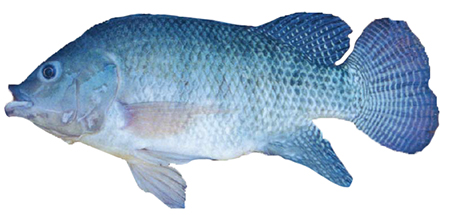
Feed is generally the most expensive expenditure in intensive culture operations, and protein is the most costly component in aquaculture feeds. Soybean meal, the most commonly used plant protein in fish feeds, comprises up to 50 percent of commercial tilapia diets. Replacement of soybean meal with less-expensive plant protein would reduce feed costs.
Cottonseed meal, which ranks second in the United States and third in the world in terms of tonnage produced, is less expensive than soybean meal on a per-unit protein basis. Several studies have been conducted to determine the levels of cottonseed meal that can be incorporated in fish diets without affecting the animals’ growth performance. The study results showed the amount of cottonseed meal that can be included in the diets depends mainly on the species, and levels of free gossypol and available lysine.
A study by the authors evaluated the effects of varied levels of dietary cottonseed meal on the growth performance, hematology, and immune responses of Nile tilapia (Oreochromis niloticus).
Diets and study setup
Four isonitrogenous (32 percent crude protein), isocaloric (2,900 kcal DE per kilogram) diets were formulated to contain 0, 19, 38 and 57 percent cottonseed meal as substitutes on an equal nitrogen basis for 0, 33.3, 66.7 and 100 percent of soybean meal. Twice daily for 12 weeks, each diet was fed to apparent satiation to juvenile tilapia of 5.7 grams average weight stocked at 30 fish per aquarium in four replicate aquaria.
The aquaria were supplied with flow-through dechlorinated tap water maintained at 26 to 27 degrees-C. Water was continuously aerated. The photoperiod was maintained on a 12 hours light, 12 hours dark schedule.
Fish were sampled at three-week intervals for measurement of weight gain. At the end of week 12, blood samples from four fish per aquarium were collected for hematological assays. Blood samples from another batch of four fish per aquarium were also collected for determination of serum protein and innate immune responses.
Results
Dry matter feed consumption and survival were not affected by dietary levels of cottonseed meal. Weight gain and feed efficiency ratio significantly (P < 0.05) decreased as the dietary cottonseed meal levels increased to 38 percent or higher (Table 1). However, no significant differences (P > 0.05) were observed among the weight gain and feed efficiency of fish fed diets containing 19 to 57 percent and 38 to 57 percent cottonseed meal, respectively.
Lim, Mean weight gain and feed efficiency ratio of Nile tilapia, Table 1
| Diet (% Cottonseed Meal) | Weight Gain (g/fish) | Feed Efficiency (Dry Weights( |
|---|---|---|
| 0 | 0.79a | 0.75a |
| 19 | 71.5ab | 0.68ab |
| 38 | 67.8b | 0.63bc |
| 57 | 6.2.2b | 0.58c |
| Pooled SEM | 3.2 | 0.03 |
are significantly different (P > 0.05).
Table 1. Mean weight gain and feed efficiency ratio of Nile tilapia fed diets containing various levels of cottonseed meal for 12 weeks*.
Total cell count and red blood cell count were not significantly affected by increasing levels of dietary cottonseed meal (Table 2). Hematocrit and hemoglobin were similar for fish fed diets with or without 19 percent cottonseed meal, but significantly decreased when cottonseed meal levels increased to 38 percent and higher. Serum protein concentration and lysozyme activity were not affected by dietary levels of cottonseed meal.
Lim, Mean cell counts of Nile tilapia fed diets containing various levels, Table 2
| Diet (% Cottonseed Meal) | Total Cell Count (106/μL) | Red Blood Cell Count (106/μL) | Hematocrit (%) | Hemoglobin (g/dl) |
|---|---|---|---|---|
| 0 | 2.08a | 1.72a | 31.1a | 8.99a |
| 19 | 2.55a | 1.99a | 30.7a | 9.19a |
| 38 | 2.84a | 2.28a | 26.4b | 7.42b |
| 57 | 2.54a | 2.03a | 21.2c | 6.13c |
| Pooled standard error mean | 0.19 | 0.15 | 0.21 | 1.24 |
Superoxide anion production measured by nitroblue tetrazolium assay significantly increased for fish fed the 57 percent cottonseed meal diet. The phagocytic activity of macrophage ( percent macrophage engulfing two or more bacteria) of fish fed diets containing 38 percent or more cottonseed meal was significantly higher than that of the control, but did not differ from that of fish fed the 19 percent cottonseed meal diet.
Conclusion
Results of this study indicated that feed intake, survival, total cell count, red blood cell count, and serum protein and lysozyme activity were not affected by dietary levels of cottonseed meal. Based on weight gain and feed efficiency ratio, however, only one third of the soybean meal commonly used in tilapia diets can be replaced by 19 percent cottonseed meal.
Increasing dietary cottonseed meal levels to 38 percent or higher adversely affected weight gain, feed efficiency ratio, and hematocrit and hemoglobin levels, but increased the superoxide anion production and phagocytic activity of macrophage. Gossypol or others compounds in cottonseed meal may have a stimulatory effect on the innate immune responses of tilapia. Studies to identify these compounds and evaluate their effect on other immune functions and disease resistance in tilapia are suggested.
(Editor’s Note: This article was originally published in the December 2002 print edition of the Global Aquaculture Advocate.)
Now that you've reached the end of the article ...
… please consider supporting GSA’s mission to advance responsible seafood practices through education, advocacy and third-party assurances. The Advocate aims to document the evolution of responsible seafood practices and share the expansive knowledge of our vast network of contributors.
By becoming a Global Seafood Alliance member, you’re ensuring that all of the pre-competitive work we do through member benefits, resources and events can continue. Individual membership costs just $50 a year.
Not a GSA member? Join us.
Authors
-
Chhorn Lim, Ph.D.
USDA-ARS, MSA
Aquatic Animal Health Research Laboratory
P.O. Box 952
Auburn, Alabama 36831 USA[109,111,99,46,103,110,105,114,112,115,100,110,105,109,64,104,104,99,109,105,108]
-
Mediha Yildirim, M.S.
USDA-ARS, MSA
Aquatic Animal Health Research Laboratory
P.O. Box 952
Auburn, Alabama 36831 USA -
Phillip H. Klesius, Ph.D.
USDA-ARS, MSA
Aquatic Animal Health Research Laboratory
P.O. Box 952
Auburn, Alabama 36831 USA
Related Posts
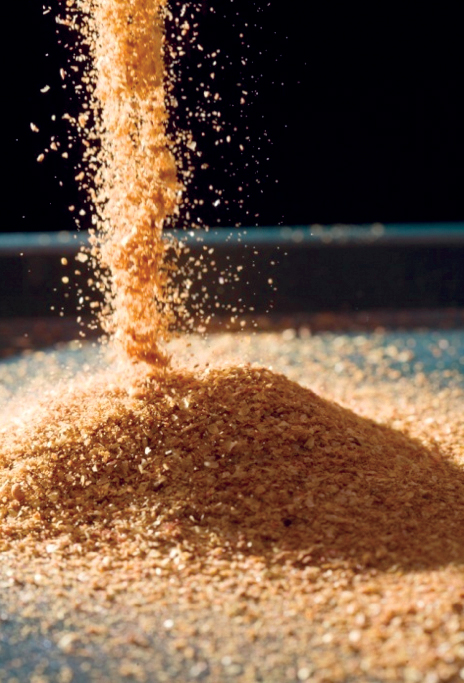
Aquafeeds
A look at corn distillers dried grains with solubles
Corn distillers dried grains with solubles are an economical source of energy, protein and digestible phosphorus to reduce feed costs and fishmeal usage.
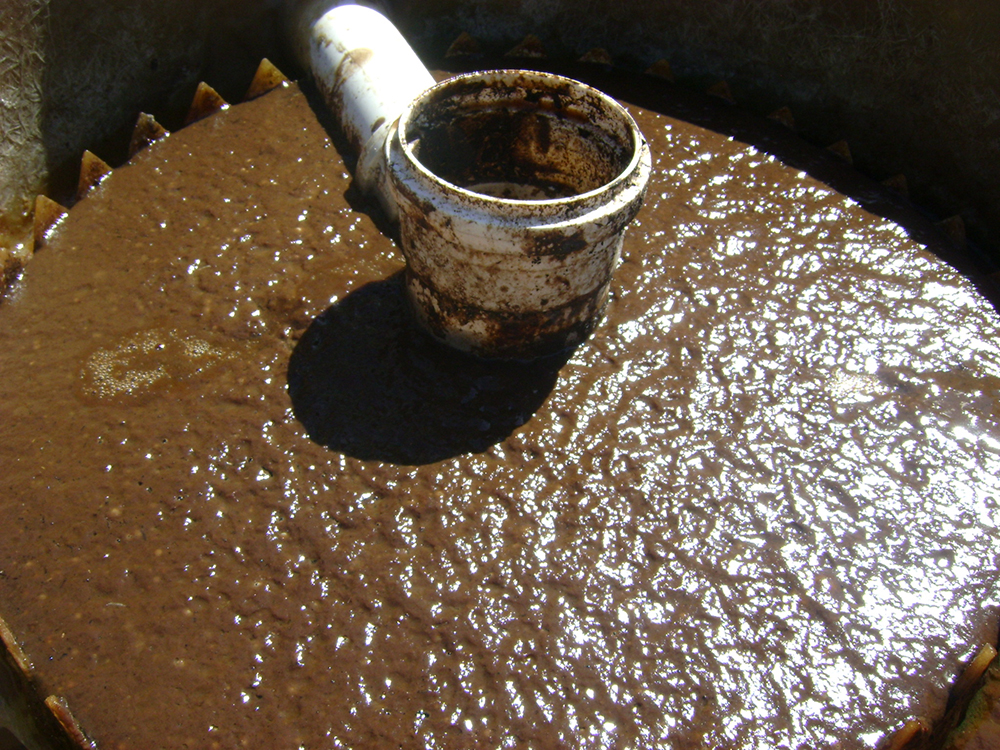
Aquafeeds
Crude protein and lipid from biofloc meals from an activated sludge system
A study compared the bioavailability of crude protein and lipid from biofloc meals generated with an activated sludge system using two water sources: wastewater from shrimp experimental culture (BFL-W) and, artificially, using clean seawater (BFL-C).
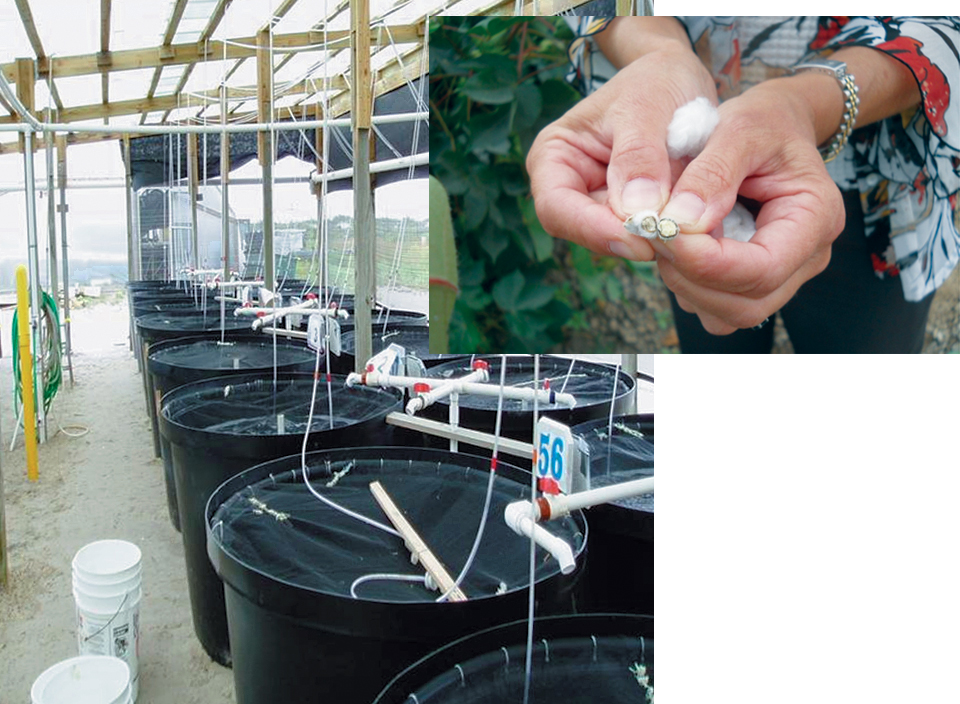
Aquafeeds
Glandless cottonseed meal replaces fishmeal in shrimp diet research
Cottonseed meal is high in protein and less expensive than fishmeal and soybean meal. Cotton plants can be engineered without gossypol in their seeds.
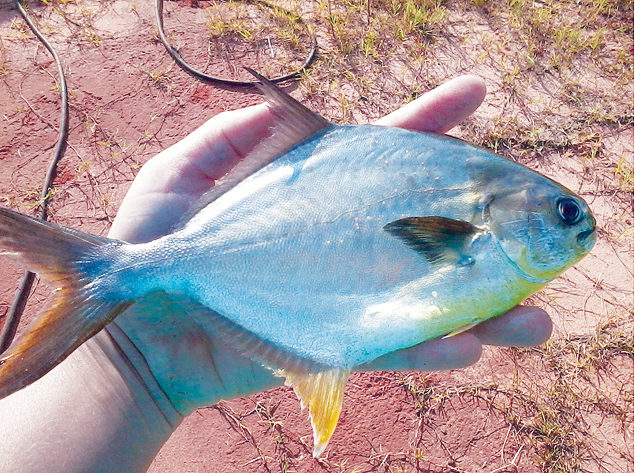
Health & Welfare
High-soy, fishmeal-free diets support Florida pompano growth
The authors have achieved good growth using a fishmeal-free diet for the carnivorous marine fish Florida pompano. In studies, they used pompano as a model marine species in a cost/benefit analysis of two extruded diets.


